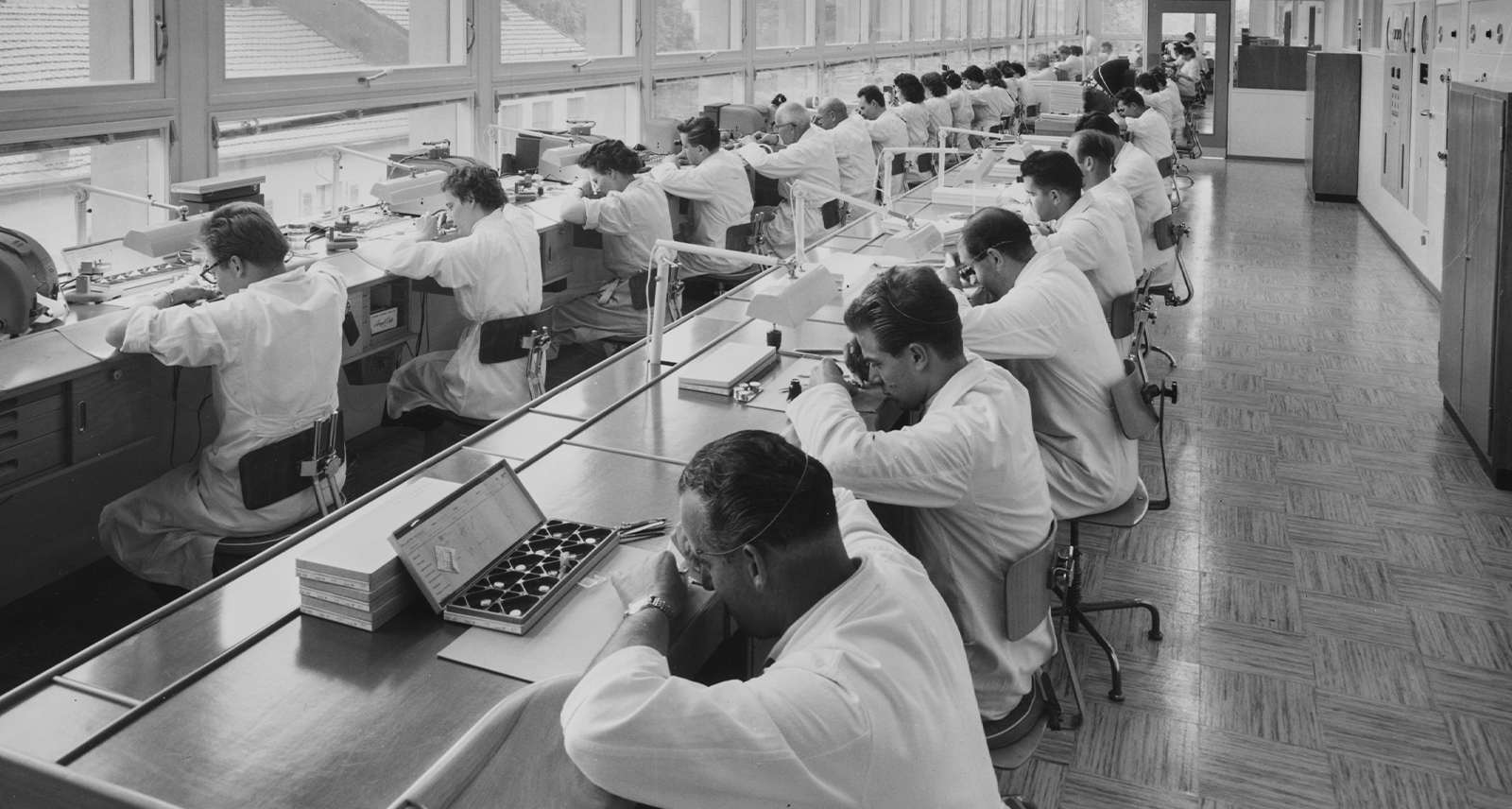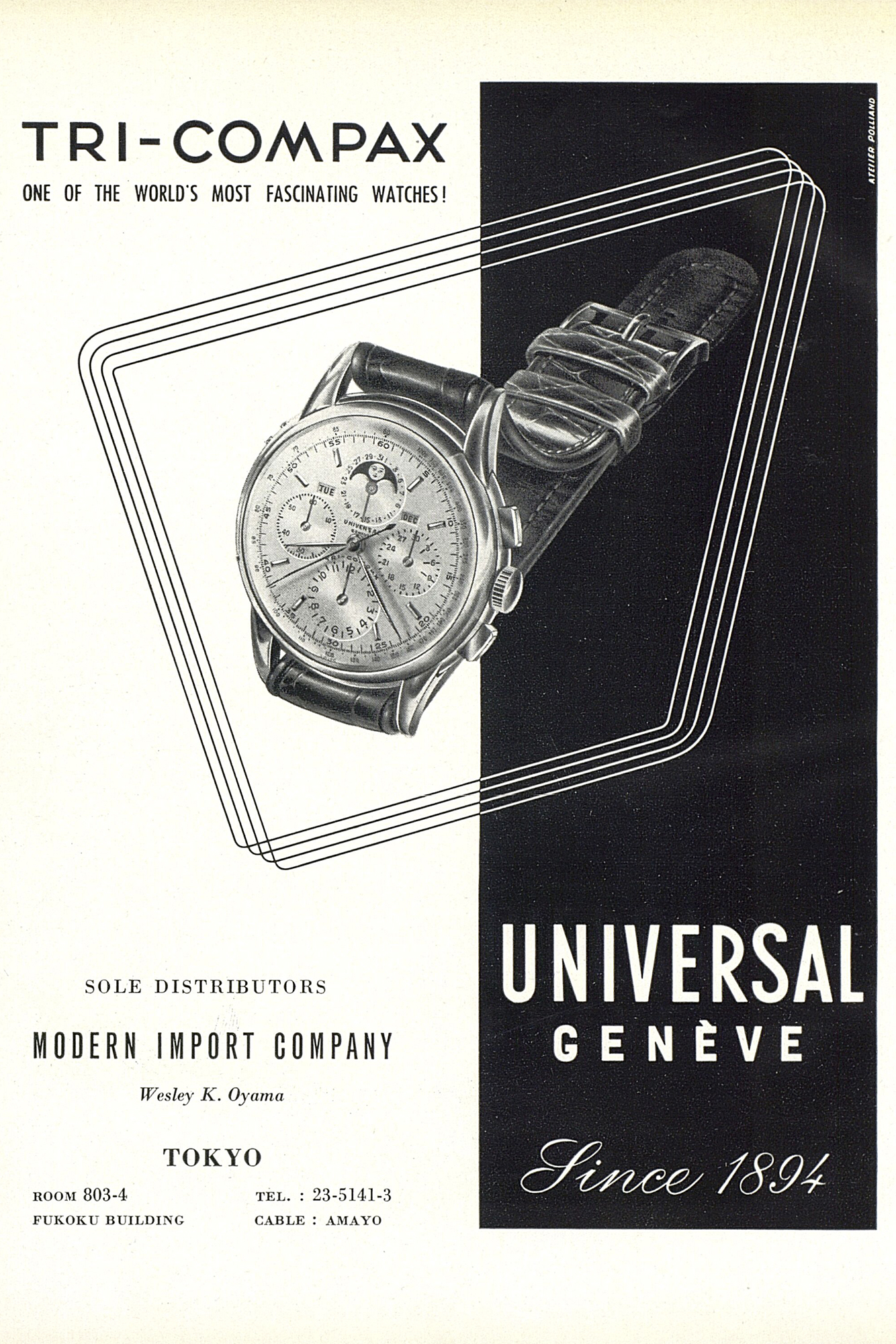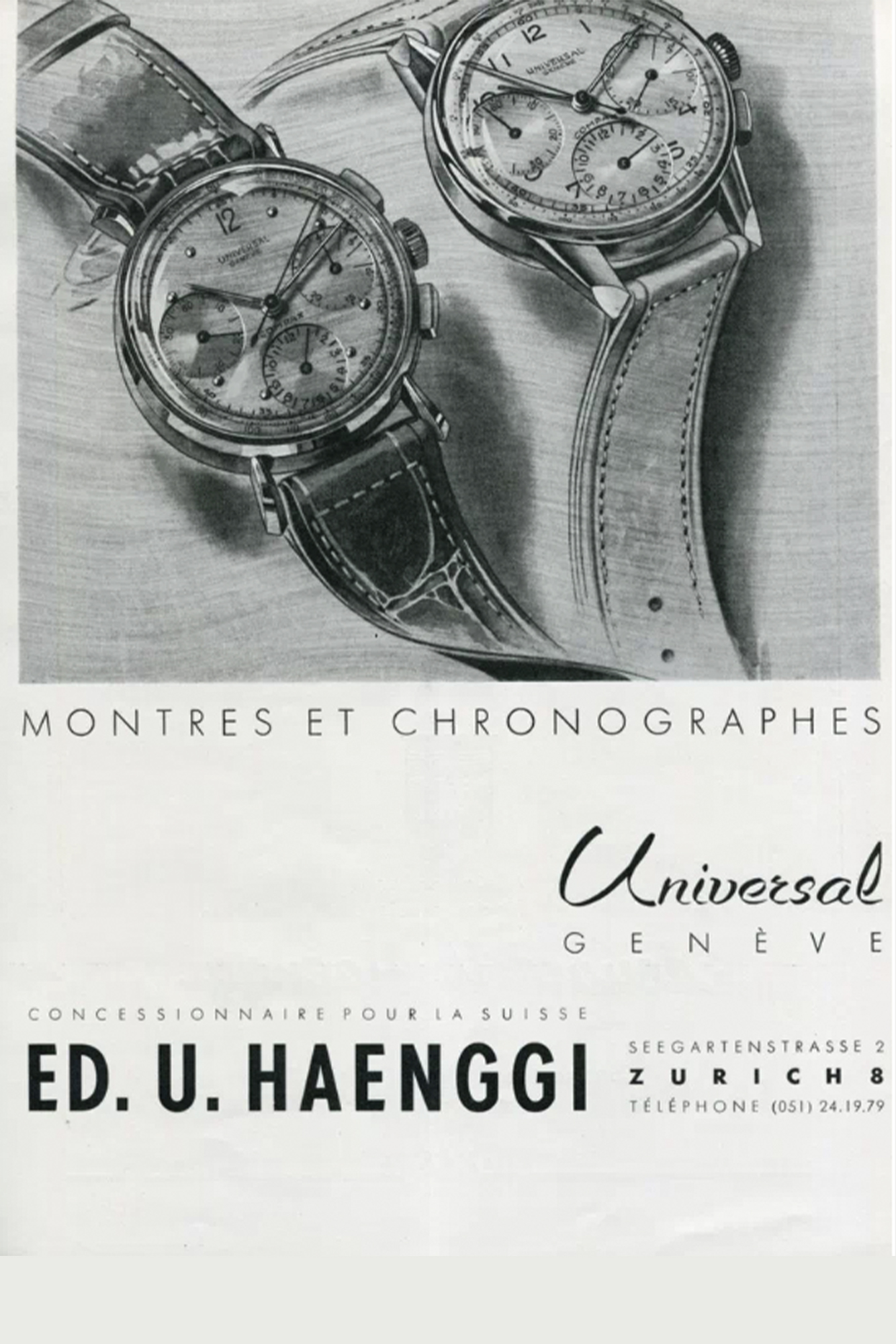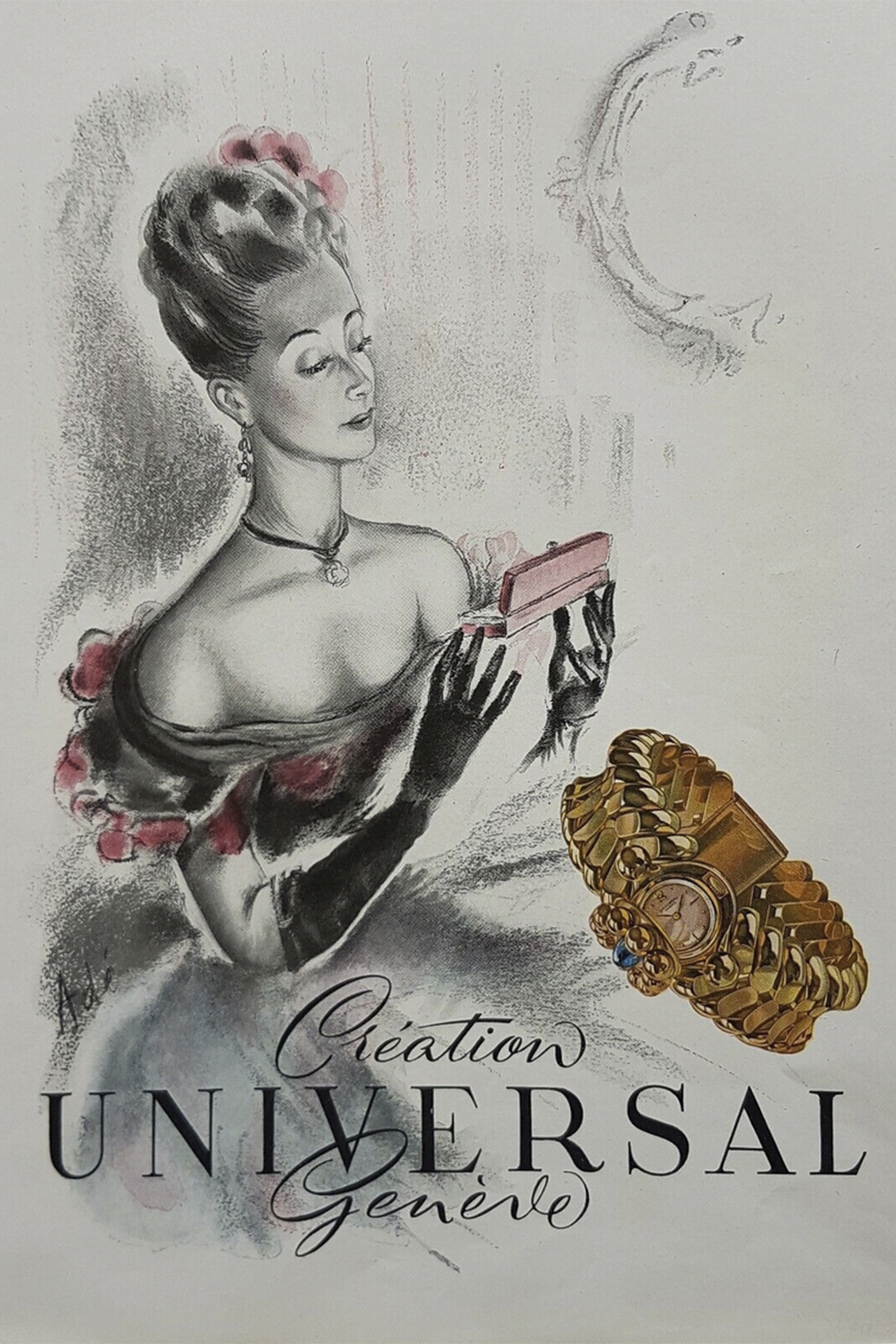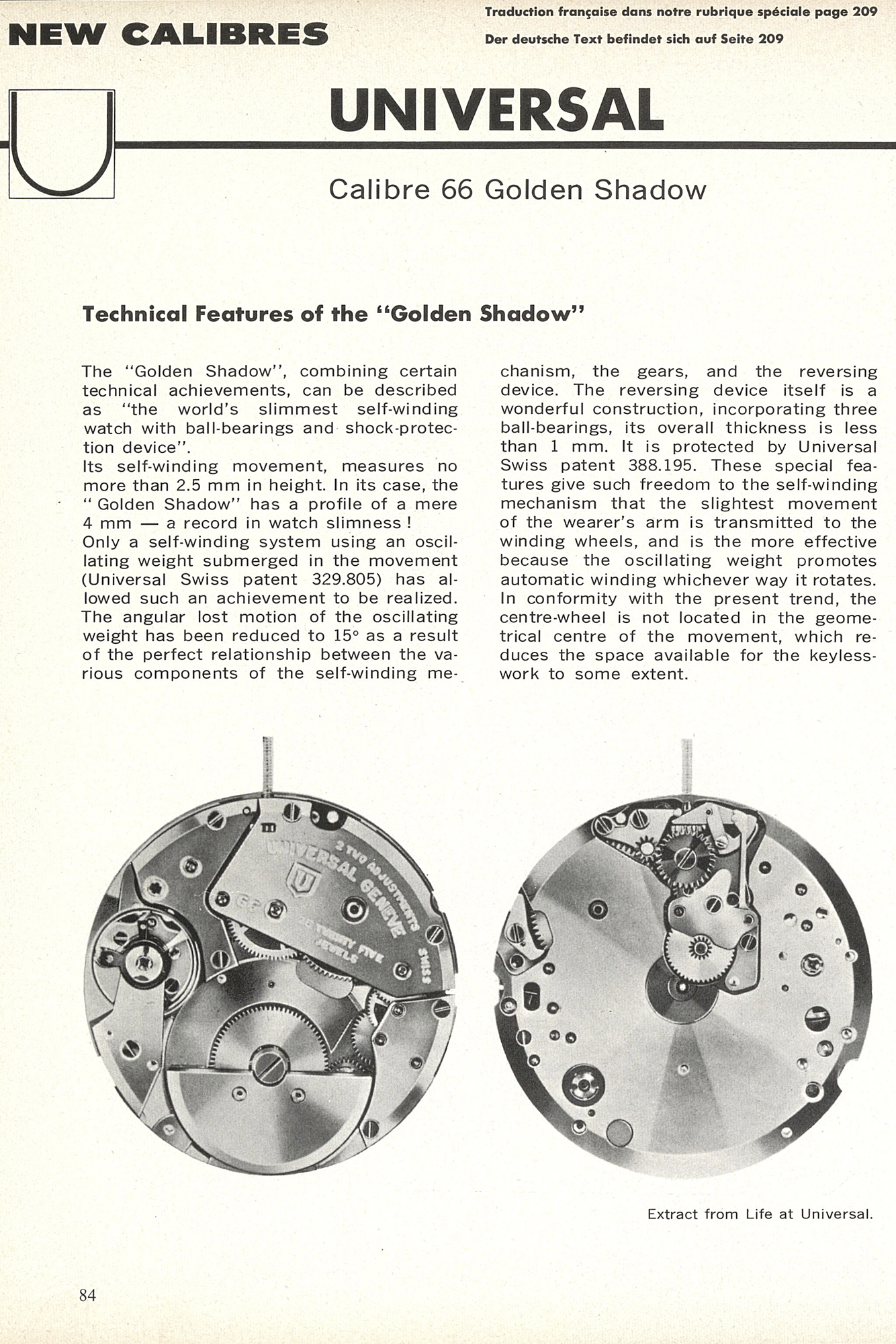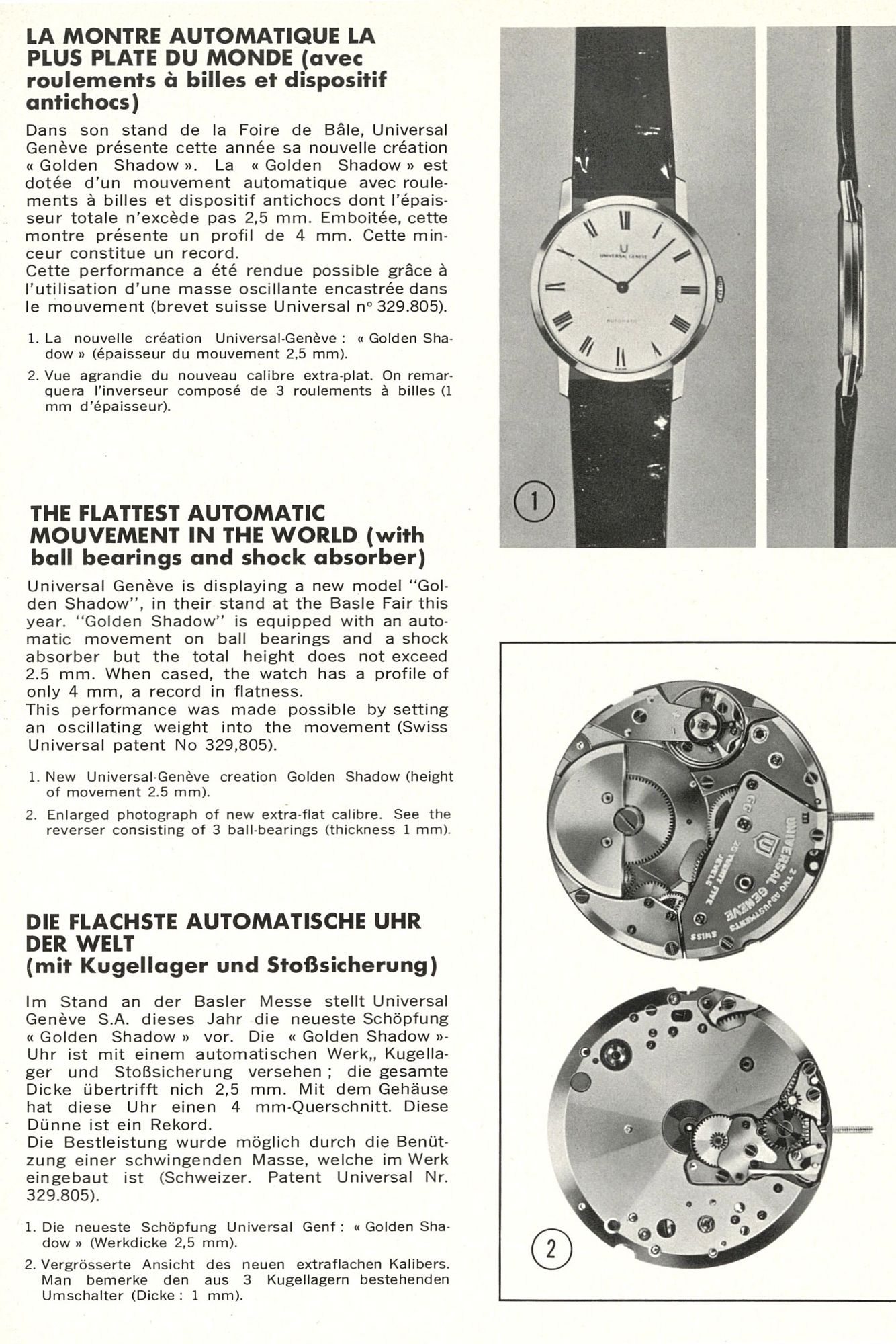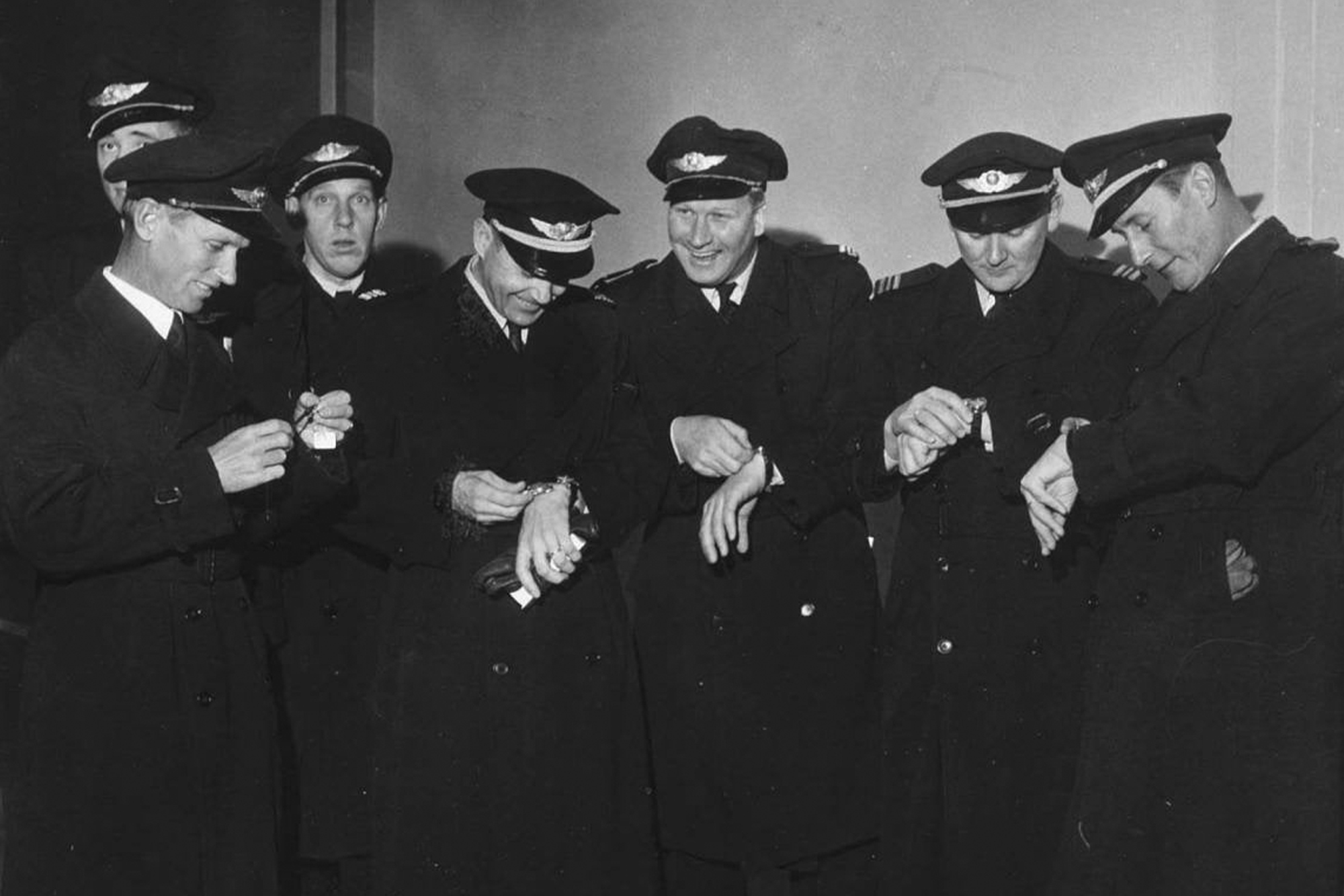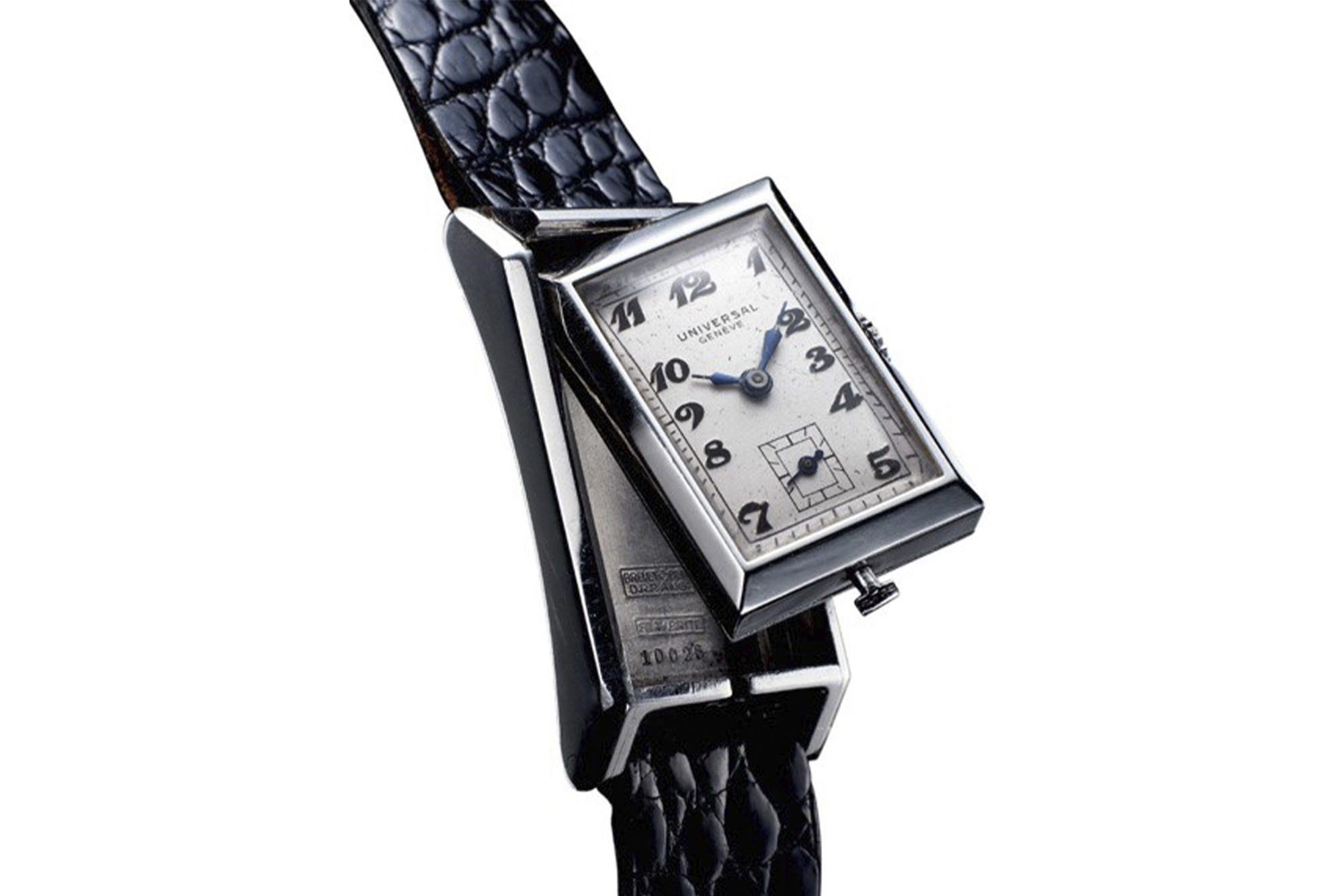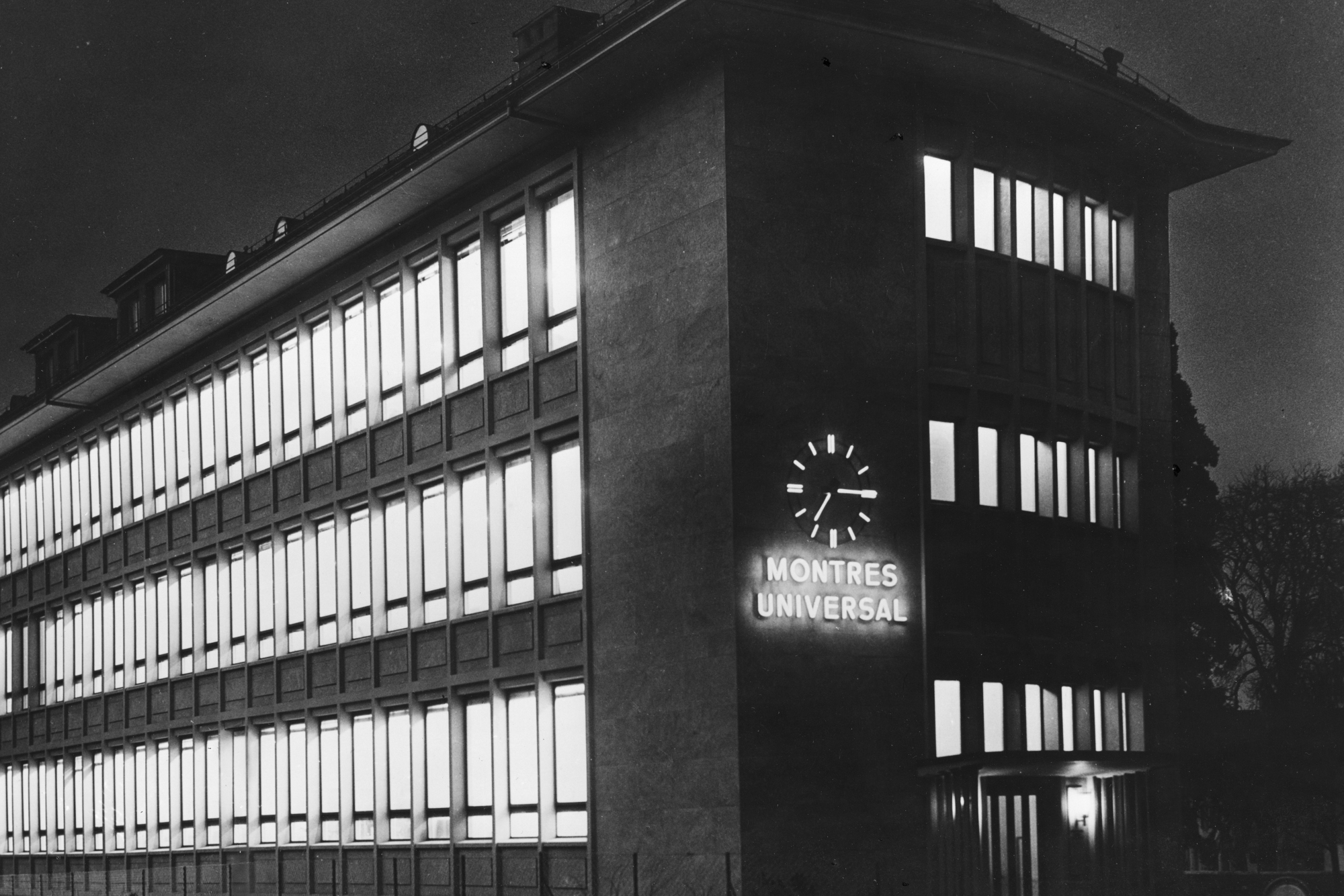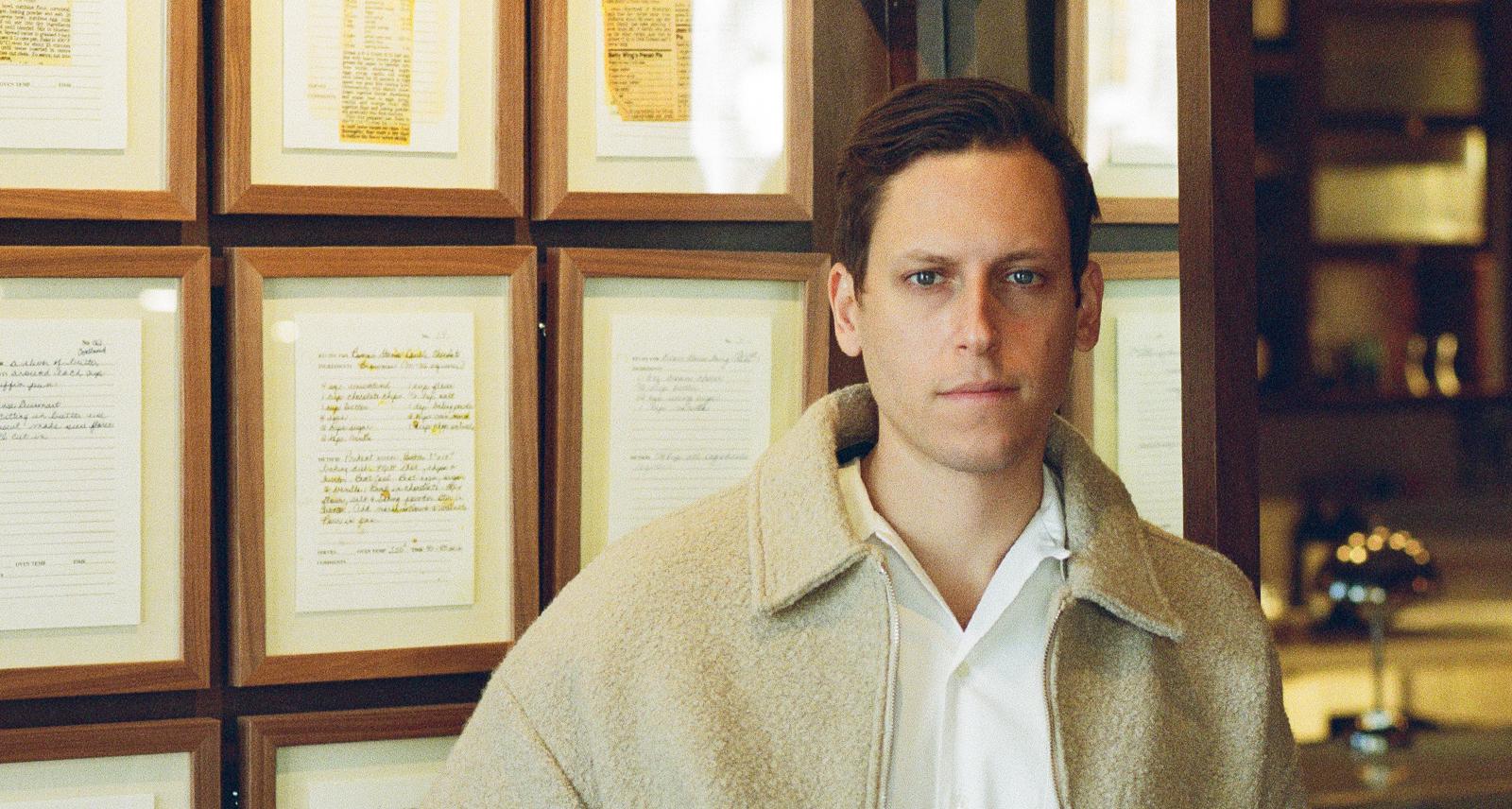Breitling Revives Universal Genève, Raising Hopes Among Collectors
December tends to be a fallow time for new watch launches, with marketing budgets used up in the pre-holidays crunch and new products still undergoing their final brush-ups ahead of the spring’s trade shows. Watch collectors received an early gift last December, however, when Breitling announced that it had purchased legacy Swiss watch brand Universal Genève.
While most people who like watches will be at least somewhat familiar with Breitling, the Swiss watchmaker known for aviation timepieces like the Navitimer and Chronomat, fewer will have much familiarity with Universal Genève, a brand that has been effectively defunct since the 1970s. Ask any serious collector, however, and watch their eyes light up. With a heritage stretching back to the 1890s and an archive full of quintessential mid-20th-century chronographs and tool watches, including the Gerald Genta-designed Polerouter, the prospect of Universal Genève’s renaissance is a tantalizing one for anyone who loves vintage watch design.
“Universal Genève was once hailed as the couturier of watchmaking, renowned for its in-house movements and mythical models,” says Alfred Gantner, Co-Founder of Partners Group (Breitling’s owner) and Chairman of the Breitling board. “It is a brand that watch enthusiasts have dreamed of seeing make a permanent comeback.”
Once the initial excitement of the announcement wore off, an important question arose: What kind of brand would the new Universal Genève be? In its heyday, Universal Genève was known for selling relatively affordable watches whose in-house movements and designs punched well above their weight. After 50 years of hibernation, however, bringing Universal Genève back to life would be like reawakening a caveman in the digital age.
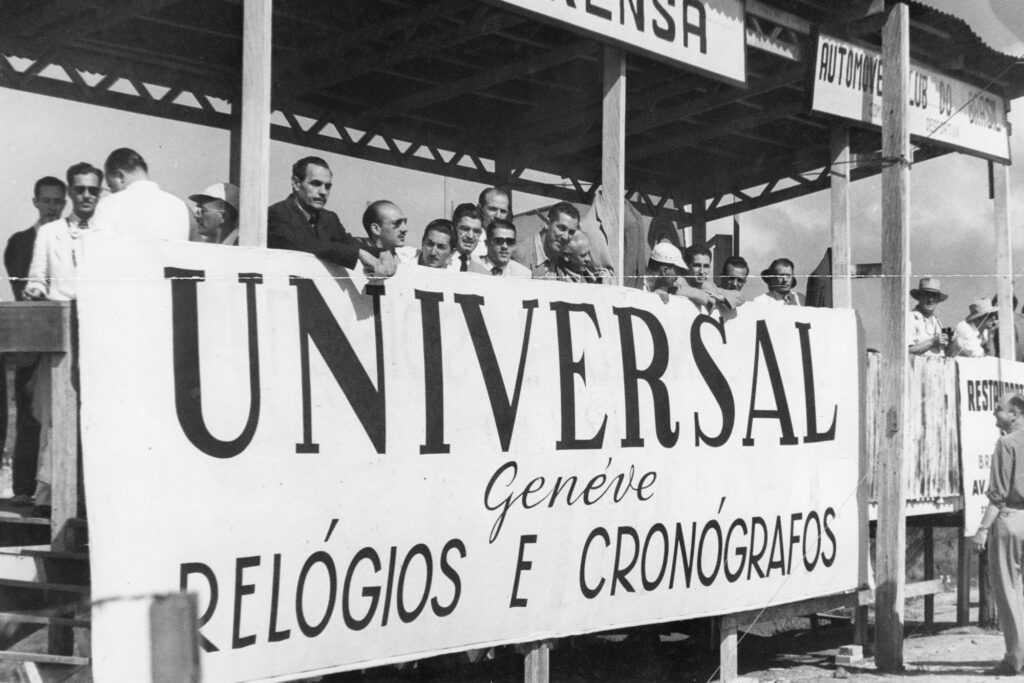
Simply put: the world is a very different place in 2024 than it was in 1974, particularly where the watch industry is concerned. Swiss watches are now luxury items, not everyday necessities, and the market is divided between a small (but extremely passionate) community of collectors and a much larger group of consumers who don’t obsess over their history, design, and lore to the same degree.
While many enthusiasts would love to see Universal Genève return as a mid-priced watchmaker with a selection of innovative in-house movements and a stable of sleek midcentury designs, anyone with knowledge of the financial realities of the watch business will tell you that’s hardly a likely outcome. For one thing, Breitling already covers a broad segment of that market, and they aren’t likely to create a brand that would compete with their existing business. For another, while the new Universal Genève will almost certainly revive classics like the Polerouter and Tri-Compax chronograph, doing justice to the originals (and their in-house movements) will be an extremely expensive proposition, and making Universal Genève profitable will mean they’ll need to be priced accordingly.
Unsurprisingly, Breitling’s top brass aren’t forthcoming about their plans for the brand at this early stage in its revival. “Rebuilding a brand with such a rich narrative is not a quick endeavour—it is a meticulous labour of love that we anticipate will unfold over the coming years,” concedes Georges Kern, CEO of Breitling. “As excited as we are, we are also fully aware of the task at hand and the profound heritage we are set to uphold.” Whatever the outcome, one thing is certain: after many years of neglect, one of the world’s most celebrated watch brands is finally getting its second act, and that can hardly be a bad thing.
